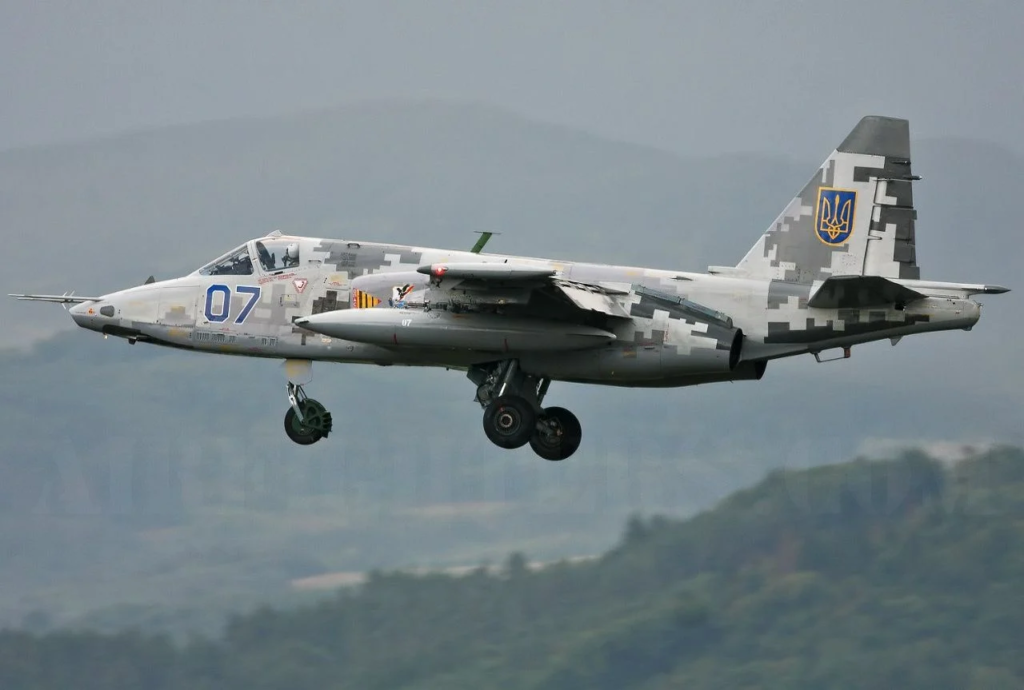Four Ukrainian fighter jets were reportedly eliminated by Russia, while a Tu-22 bomber flew menacingly close to Japan, simulating strikes on disputed islands
In the past four days, the Russian military has been causing trouble for both Ukraine and Japan. In Ukraine, four fighters were lost in aerial combat against Russian jets, while the Russian navy’s Pacific Fleet’s surprise inspections and naval drills caused Japan to scramble F-15 fighters. The situation in Ukraine is part of the ongoing battle for Bakhmut, and the tensions between Russia and the West show no signs of thawing. The overlap between the European and Pacific theaters due to Russia, China, and North Korea’s standoffs with the US, Japan, and Taiwan has added a new dimension to the geopolitical situation.

Russia is hunting the Ukrainian Air Force and has nearly eliminated their own losses while degrading the Ukrainian air force fleet. In terms of missiles, the R-77-1 AAM has been particularly devastating. The R-77-1 can engage fighters, attack aircraft, bombers, helicopters, cruise missiles, etc., at a range of around 110 kilometers. The difference in technology between the aircraft of the two air forces mainly comprises the R-77-1 AAM coupled with the excellent look-down, shoot-down performance of the N011M Bars and N035 Irbis-E radars onboard the Russian fighters.
Meanwhile, in far east Asia, Russia’s Pacific Fleet’s surprise inspection by Defense Minister Sergei Shoigu generated quite a lot of attention. The massive naval maneuvers comprised naval aviation, surface combatants, strategic bomber force, and infantry components, mobilizing practically without any notice. The highlight was the Tu-95MS and Tu-22M3 long-range bombers conducting flights into the central Pacific Ocean to “simulate strikes against mock ship groups.”
This description is highly suggestive of an attack on a large naval flotilla of warships, which could only conceivably be from the US Navy and Japan Maritime Self-Defense Force (JMSDF). Japan had to scramble F-15 fighters to intercept and track the Russian planes, as a big component of the exercises practiced operations on the disputed Kuril Islands, over which Moscow and Tokyo have contesting claims.
The situation is part of the ongoing tension between Russia and the West, which shows no signs of thawing. The overlap between the European and Pacific theaters due to Russia, China, and North Korea’s standoffs with the US, Japan, and Taiwan has added a new dimension to the geopolitical situation.
In recent days, the Russian military has caused significant trouble for both Ukraine and Japan, indicating the growing tension between Russia and the West. In Ukraine, four fighters were lost in aerial combat against Russian jets, while Russia’s Pacific Fleet’s surprise inspections and naval drills caused Japan to scramble F-15 fighters.
This situation is part of the ongoing battle for Bakhmut, which has led to a significant increase in tensions between Russia and the West, and there are no signs of any thaw between the parties. The overlap between the European and Pacific theaters, owing to Russia, China, and North Korea’s standoffs with the US, Japan, and Taiwan, has added a new dimension to the overall geopolitical situation.
The Russian navy’s Pacific Fleet’s surprise inspections and ensuing naval drills have caused concern, and the recent maneuvers comprised naval aviation, surface combatants, strategic bomber force, and infantry components, mobilizing practically without any notice. The highlight of the exercise was the Tu-95MS and Tu-22M3 long-range bombers conducting flights into the central Pacific Ocean to “simulate strikes against mock ship groups.”
This description is highly suggestive of an attack on a large naval flotilla of warships, which could only conceivably be from the US Navy and Japan Maritime Self-Defense Force (JMSDF). Japan had to scramble F-15 fighters to intercept and track the Russian planes, as a big component.

